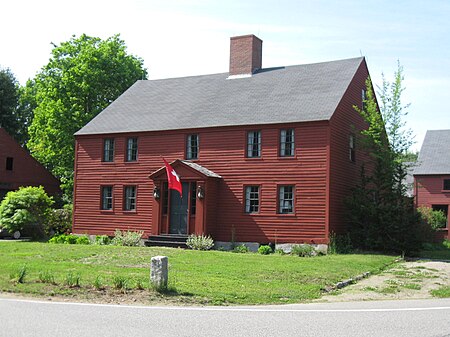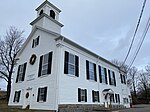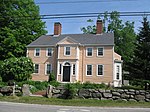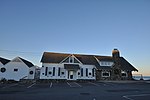Elijah Locke House
1739 establishments in the Thirteen ColoniesHouses completed in 1739Houses in Rockingham County, New HampshireHouses on the National Register of Historic Places in New HampshireNational Register of Historic Places in Rockingham County, New Hampshire ... and 1 more
Rye, New Hampshire

The Elijah Locke House is a historic house at 5 Grove Road in Rye, New Hampshire. Traditionally ascribed a construction date of 1739, it is one of the oldest surviving buildings in New Hampshire's Seacoast region. It was listed on the National Register of Historic Places in 1979.
Excerpt from the Wikipedia article Elijah Locke House (License: CC BY-SA 3.0, Authors, Images).Elijah Locke House
Grove Road,
Geographical coordinates (GPS) Address Nearby Places Show on map
Geographical coordinates (GPS)
| Latitude | Longitude |
|---|---|
| N 42.995833333333 ° | E -70.774722222222 ° |
Address
Grove Road 3
03870
New Hampshire, United States
Open on Google Maps








